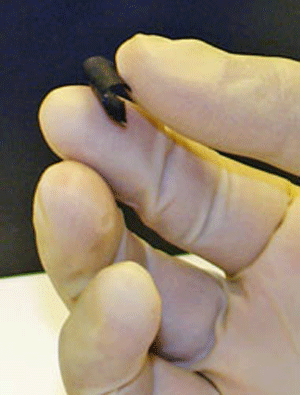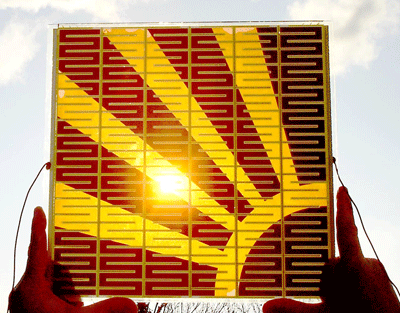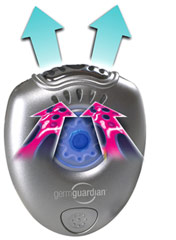Take a piece of paper, take carbon nano tubes and some electrolyte solution. Lo! And behold energy is produced!

Paper battery is made from plant cellulose which is used in making paper. So it is environment friendly. It has carbon nano tubes. And it produces energy.
It is a paper thin, can be bent battery prototype. It is small, light-weight and has endless design as well as application possibilities. The prototype has been made using inexpensive materials.
Each gram of paper produces about 10 milliamps of current at 2 volts, which can power a fan and LED light.
It is not only a battery but a capacitor too.
It looks, feels and weighs like a paper. It can be twisted, trimmed with scissors. Like paper you can stack one sheet on top of another to increase the power output. Researchers have experimented with 10 sheets. It can be given any shape even of a car door.
Potential uses of this battery would be in medical equipments like pacemakers and insulin pumps; in combination with solar cells. It is also going to change how we charge our cell phones, digital camera and laptops. It would be useful in aircrafts, boats and automobiles where power source gets bulky.
A team of scientists headed by chemist Robert Linhardt, materials scientist Pulickel Ajayan, and engineer Omkaram Nalamasu of Rensselaer Polytechnic Institute in Troy, New York has developed this wonder nano battery.
Interestingly scientists believe that they would be able to mass produce it like newspaper on rolls of paper.
Continue reading paper battery →









